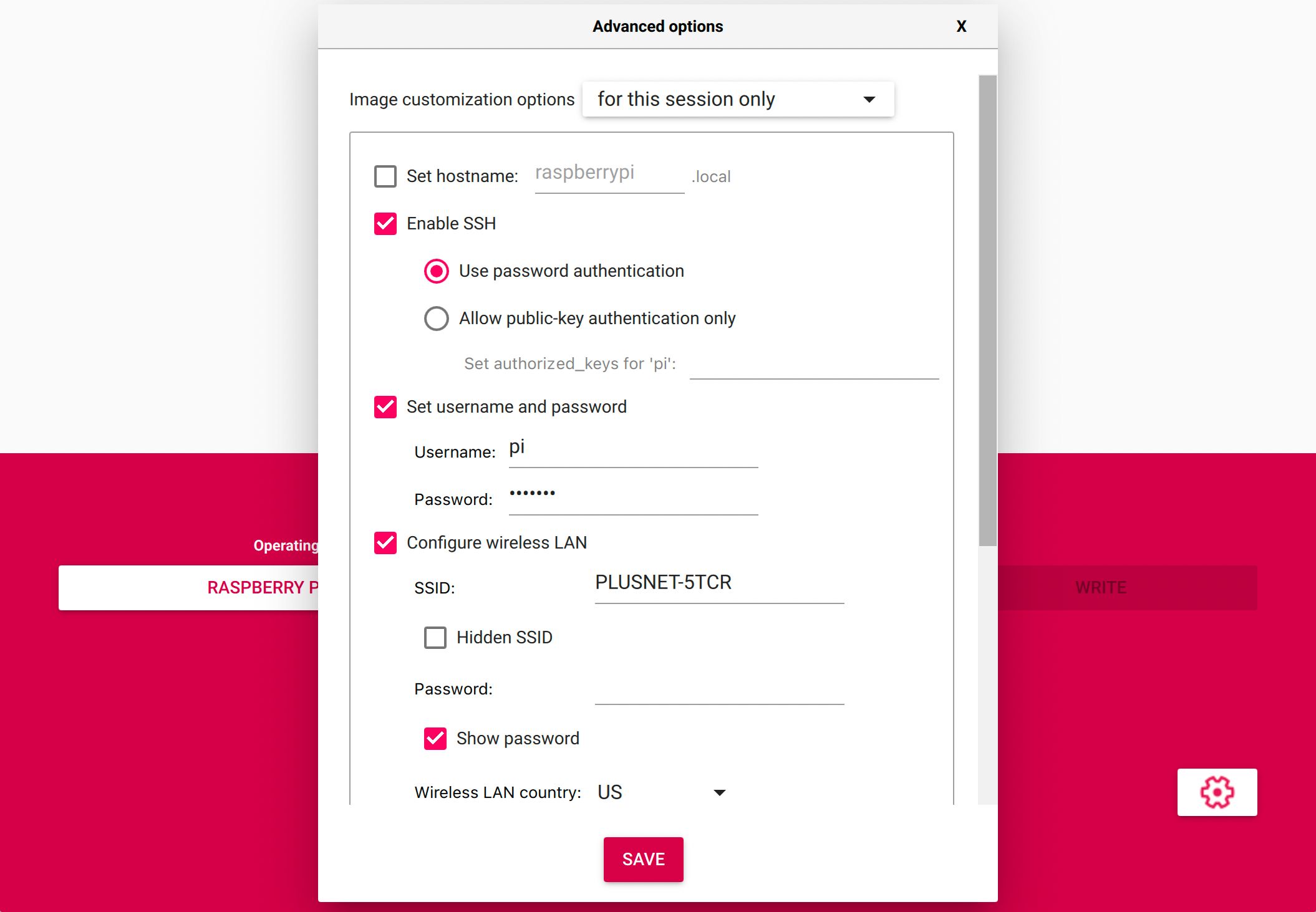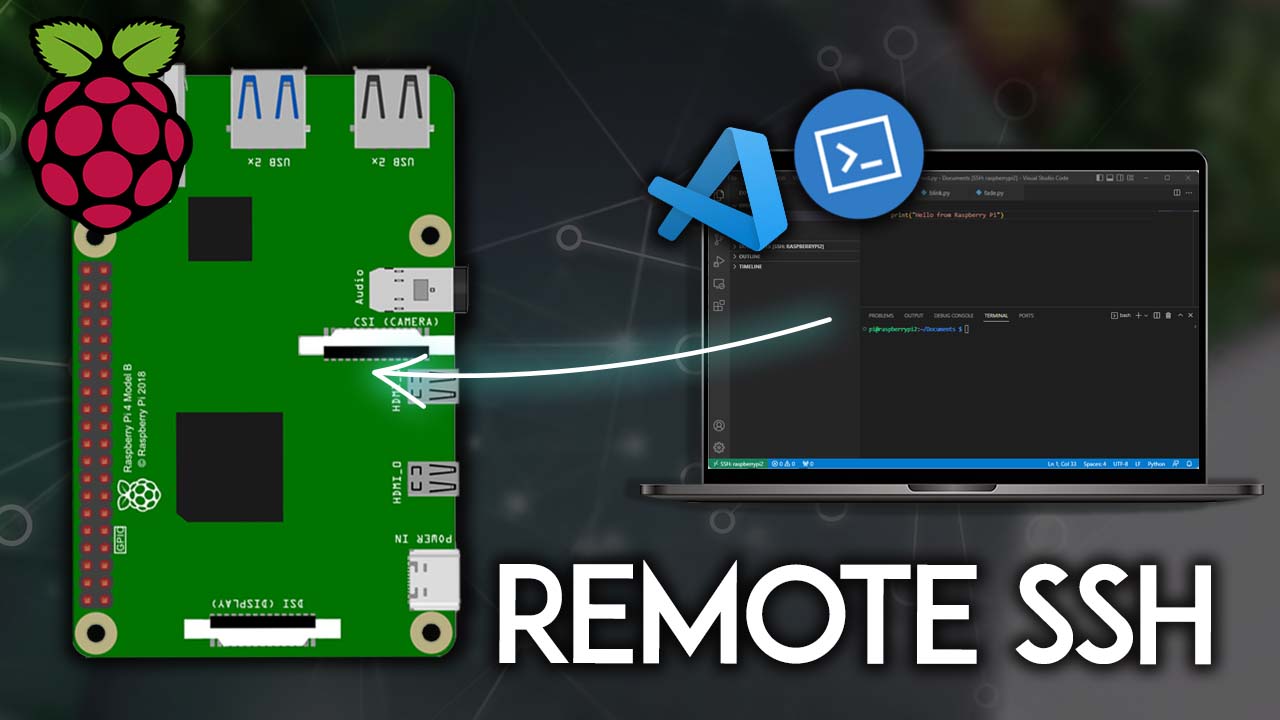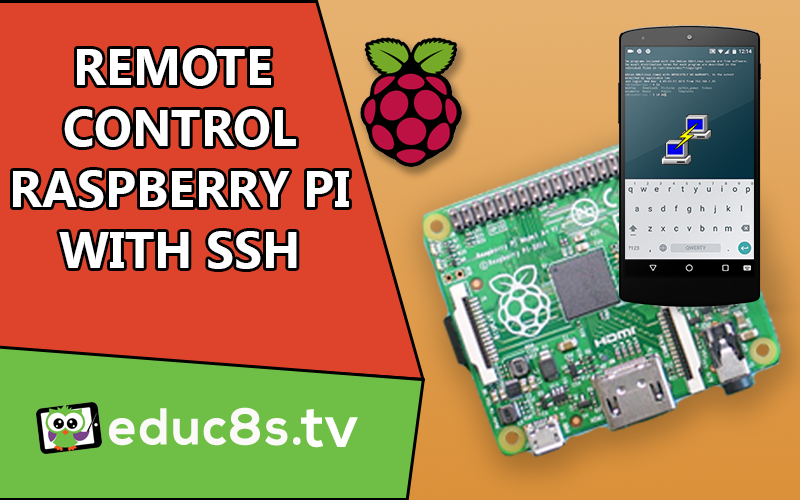Mastering IoT Remote SSH Setup On Raspberry Pi: The Ultimate Guide
So, you've finally decided to dive into the world of IoT and set up a remote SSH on your Raspberry Pi? That’s awesome, my friend! This little computer has become a game-changer for makers, hobbyists, and tech enthusiasts everywhere. With its versatility and affordability, the Raspberry Pi can handle anything from home automation to complex data processing tasks. And let’s be honest, setting up remote SSH access is one of the most powerful features you can unlock for your IoT projects.
Now, before we dive deep into the nitty-gritty of how to set up IoT remote SSH on Raspberry Pi, let’s quickly break it down for you. SSH, or Secure Shell, is essentially a protocol that allows you to connect to your Raspberry Pi remotely. This means you can control your Pi from anywhere in the world as long as it’s connected to the internet. Whether you’re building a smart home system, a weather station, or even a server, remote SSH is your golden ticket to managing everything hands-free.
But here’s the thing: setting it up isn’t always as straightforward as you’d think. There are a few steps and considerations to keep in mind, especially when dealing with IoT setups. Don’t worry, though—we’ve got your back. This guide is packed with all the tips, tricks, and best practices you need to make sure your IoT remote SSH setup is smooth, secure, and ready to rock.
Read also:Denton Hac The Ultimate Guide To Transforming Your Digital Experience
What You Need to Know About IoT Remote SSH Setup
First things first, let’s talk about what exactly you’re getting yourself into. When it comes to IoT remote SSH setup on Raspberry Pi, there are a few key concepts you need to wrap your head around. Think of it like building a bridge between your Pi and the outside world, but one that’s secure, efficient, and reliable.
Why Remote Access Matters in IoT
Let’s be real: IoT projects aren’t just about tinkering with gadgets in your garage. They’re about creating solutions that can scale and adapt to real-world needs. Remote access is crucial because it allows you to monitor, manage, and troubleshoot your devices without needing to physically touch them. Imagine running a weather station in a remote location or managing a fleet of smart sensors in a factory. Remote SSH gives you the power to do all that from the comfort of your desk.
- Remote SSH eliminates the need for physical access to your Raspberry Pi.
- It’s a secure way to manage and configure your IoT devices.
- You can automate tasks, update software, and even reboot your Pi remotely.
Step-by-Step Guide to IoT Remote SSH Setup
Alright, let’s get down to business. Here’s a step-by-step guide to setting up IoT remote SSH on your Raspberry Pi. We’ll walk you through everything from enabling SSH to securing your connection and troubleshooting common issues.
Enabling SSH on Your Raspberry Pi
The first step is to enable SSH on your Raspberry Pi. This is super easy if you’re using the latest version of Raspberry Pi OS. Just follow these steps:
- Boot up your Raspberry Pi and log in.
- Open the terminal or go to the Raspberry Pi Configuration tool.
- Under the "Interfaces" tab, find SSH and enable it.
- Reboot your Pi to apply the changes.
That’s it! SSH is now enabled on your Raspberry Pi. Easy peasy, right?
Connecting to Your Raspberry Pi via SSH
Now that SSH is enabled, it’s time to connect to your Pi remotely. There are a few ways to do this, depending on your setup and preferences.
Read also:Kirk Hammetts Hawaiian Dream A Deep Dive Into The Metal Legends Island Escape
If you’re on the same network as your Pi, you can use the Pi’s local IP address to connect. Just open a terminal on your computer and type:
ssh pi@
Replace
Setting Up Port Forwarding for Remote Access
But what if you want to access your Pi from outside your local network? That’s where port forwarding comes in. This involves configuring your router to direct incoming SSH traffic to your Raspberry Pi.
- Log in to your router’s admin interface.
- Find the port forwarding section and add a new rule.
- Set the external port to 22 (the default SSH port) and the internal IP to your Pi’s address.
- Save the settings and test the connection.
Pro tip: Consider changing the default SSH port to something less common (like 2222) to reduce the risk of unauthorized access.
Securing Your IoT Remote SSH Setup
Security is a big deal when it comes to IoT, and remote SSH is no exception. Here are a few tips to keep your setup safe and sound:
Use Strong Passwords
Weak passwords are a hacker’s best friend. Make sure you use a strong, unique password for your Raspberry Pi. And while we’re on the topic, consider using SSH keys instead of passwords for even better security.
Enable Two-Factor Authentication
Two-factor authentication (2FA) adds an extra layer of security to your SSH setup. Even if someone manages to guess your password, they won’t be able to log in without the second factor.
Regularly Update Your System
Keep your Raspberry Pi OS and all installed packages up to date. This ensures you have the latest security patches and bug fixes.
Troubleshooting Common Issues
Even the best-laid plans can go awry sometimes. Here are a few common issues you might encounter when setting up IoT remote SSH on Raspberry Pi, along with solutions to fix them.
Can’t Connect to Your Pi
If you’re having trouble connecting to your Pi, double-check the following:
- Is SSH enabled on your Pi?
- Is your Pi’s IP address correct?
- Are there any firewall rules blocking the connection?
Connection Drops Frequently
Nothing’s more frustrating than losing your SSH connection in the middle of a task. This could be due to network instability or power issues. Make sure your Pi is connected to a stable power source and network.
Real-World Applications of IoT Remote SSH
So, now that you’ve got your IoT remote SSH setup all figured out, what can you actually do with it? The possibilities are endless! Here are a few real-world applications to get your creative juices flowing:
- Home automation: Control your smart devices from anywhere.
- Remote monitoring: Keep an eye on sensors, cameras, and other IoT devices.
- Server management: Use your Pi as a lightweight server for hosting websites or running applications.
Best Practices for IoT Remote SSH Setup
To make the most out of your IoT remote SSH setup, here are a few best practices to keep in mind:
Document Your Setup
Keep a detailed record of your SSH configuration, including IP addresses, ports, and any custom settings. This will save you a lot of time and headaches in the future.
Monitor Your Connections
Regularly check your SSH logs to ensure there are no unauthorized access attempts. You can use tools like fail2ban to automatically block suspicious IP addresses.
Stay Updated
Technology evolves rapidly, and so do security threats. Stay informed about the latest developments in IoT and SSH to ensure your setup remains secure and efficient.
Conclusion
And there you have it—your ultimate guide to setting up IoT remote SSH on Raspberry Pi. From enabling SSH to securing your connection and troubleshooting common issues, we’ve covered everything you need to know to get started. Remember, the key to a successful IoT project is planning, testing, and staying secure.
Now it’s your turn to take action. Try out the steps we’ve outlined, experiment with different configurations, and most importantly, have fun! Don’t forget to share your experiences in the comments below or check out our other articles for more IoT tips and tricks. Happy hacking!
Table of Contents
- What You Need to Know About IoT Remote SSH Setup
- Step-by-Step Guide to IoT Remote SSH Setup
- Securing Your IoT Remote SSH Setup
- Troubleshooting Common Issues
- Real-World Applications of IoT Remote SSH
- Best Practices for IoT Remote SSH Setup
- Conclusion
References:
- Raspberry Pi Documentation
- SSH Official Website
- .fail2ban Documentation
Article Recommendations



